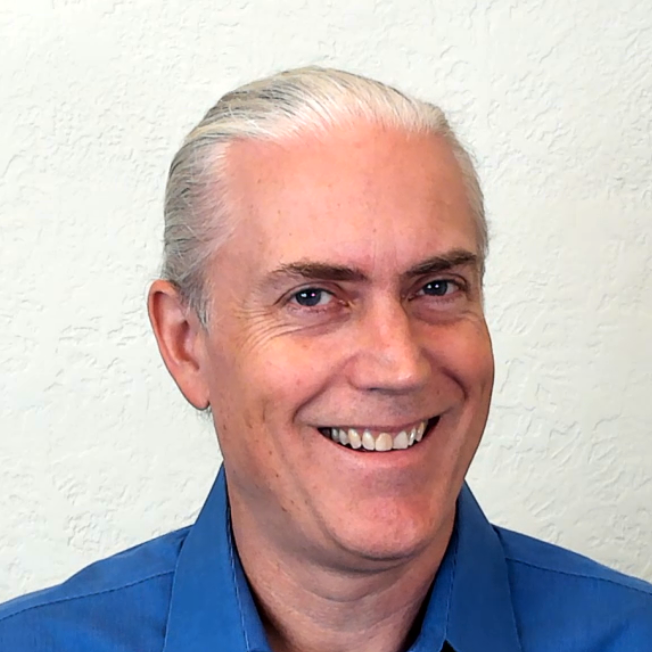Case Study: The Hidden Limits of Optimization
During my time in ecommerce, my team made some key adjustments leading up to the Christmas season with the goal of boosting conversion rates. We ran a multivariate test, tweaking elements in 7 critical areas on our most visited page type. Each area experimented with multiple variations, allowing us to test a wide range of possibilities.
Once we gathered enough statistically significant data, we uncovered a combination that skyrocketed our conversion rate by 60%. It felt like a breakthrough. We quickly wrapped up the test and deployed the winning formula.
But the high didn’t last. Despite our excitement, we were never able to replicate such a dramatic increase again. At one point, we even rolled out a change that ended up backfiring, decreasing conversion rates. We swiftly reverted that update and shifted focus to new problems that needed solving.
This experience demonstrated the 80/20 rule in action and exposed the slow climb toward the invisible asymptote** of diminishing returns. As with any optimization effort, the early wins are often the biggest, and as time goes on, the gains become harder and harder to squeeze out.
The real takeaway here is a lesson in balance. While quantitative testing and data analysis are crucial, they have limits. After a certain point, the numbers stop telling the full story. Looking back, we should have leaned more into qualitative discovery—talking to customers, listening to their pain points, and understanding their behaviors on a deeper level.
When the data plateaus and big wins become scarce, it’s time to step back from the dashboards and start engaging with the people behind the metrics. That’s where you’ll find the insights that numbers alone can’t reveal.
**The asymptote is invisible at first because we can’t predict the ceiling of optimization when we’re just getting started. The shape of the curve of diminishing returns doesn’t reveal itself until there have been multiple attempts at improvement. Only after putting in significant effort do we begin to grasp where the peak lies and what the shape of the optimization curve really looks like.
Jim coaches Product Management organizations in startups, growth stage companies and Fortune 100s.
He's a Silicon Valley founder with over two decades of experience including an IPO ($450 million) and a buyout ($168 million). These days, he coaches Product leaders and teams to find product-market fit and accelerate growth across a variety of industries and business models.
Jim graduated from Stanford University with a BS in Computer Science and currently lectures at University of California, Berkeley in Product Management.


